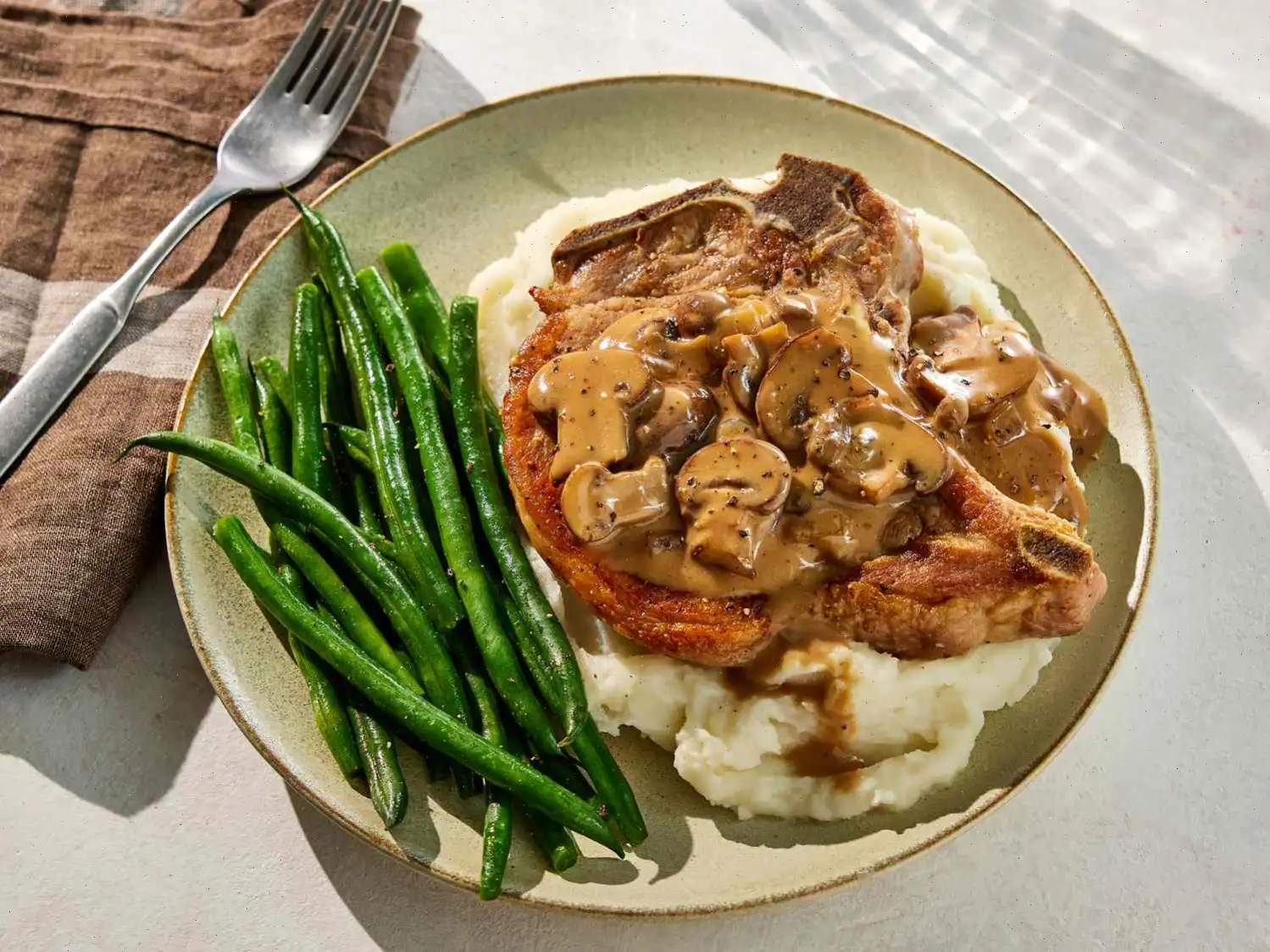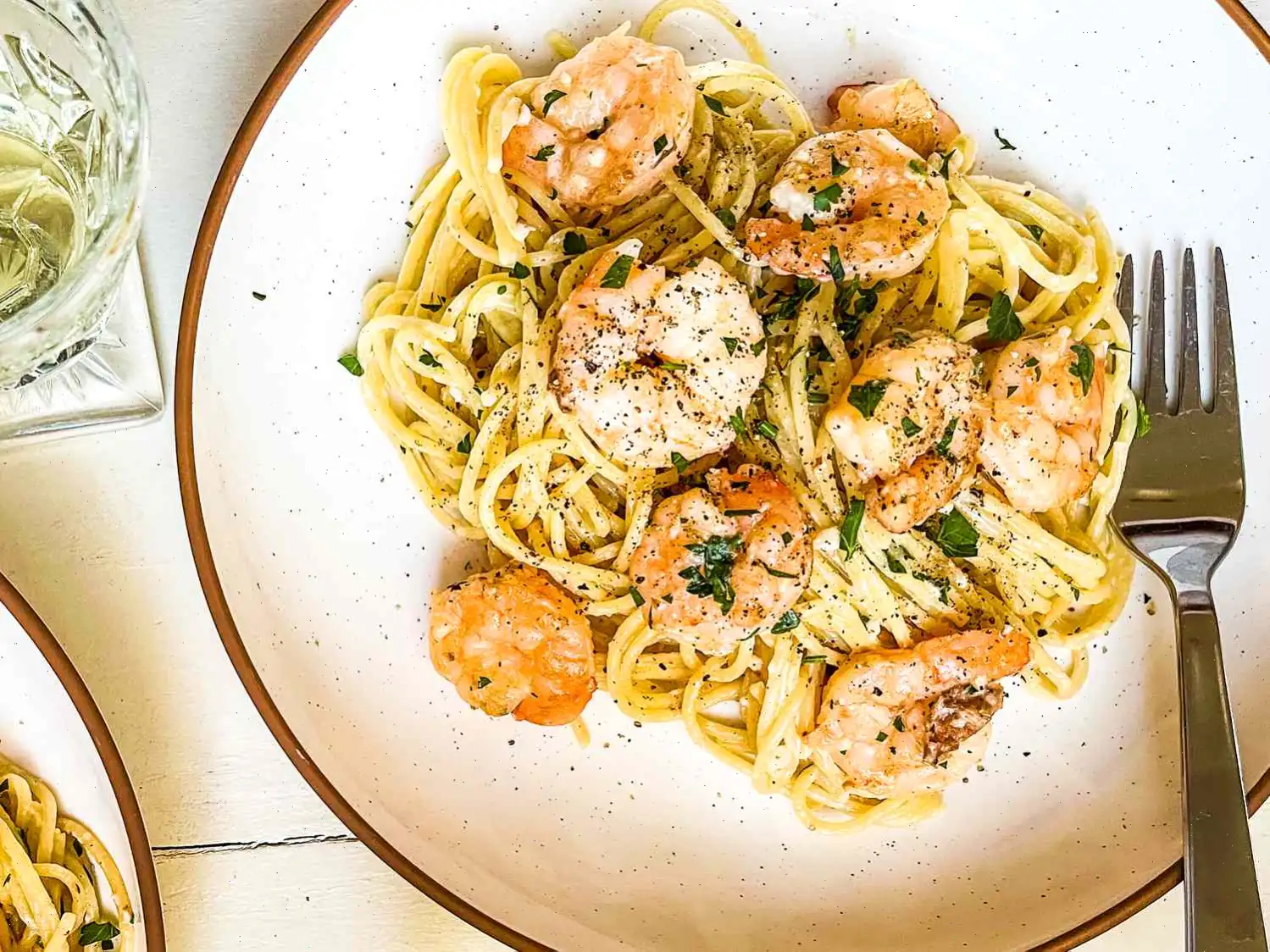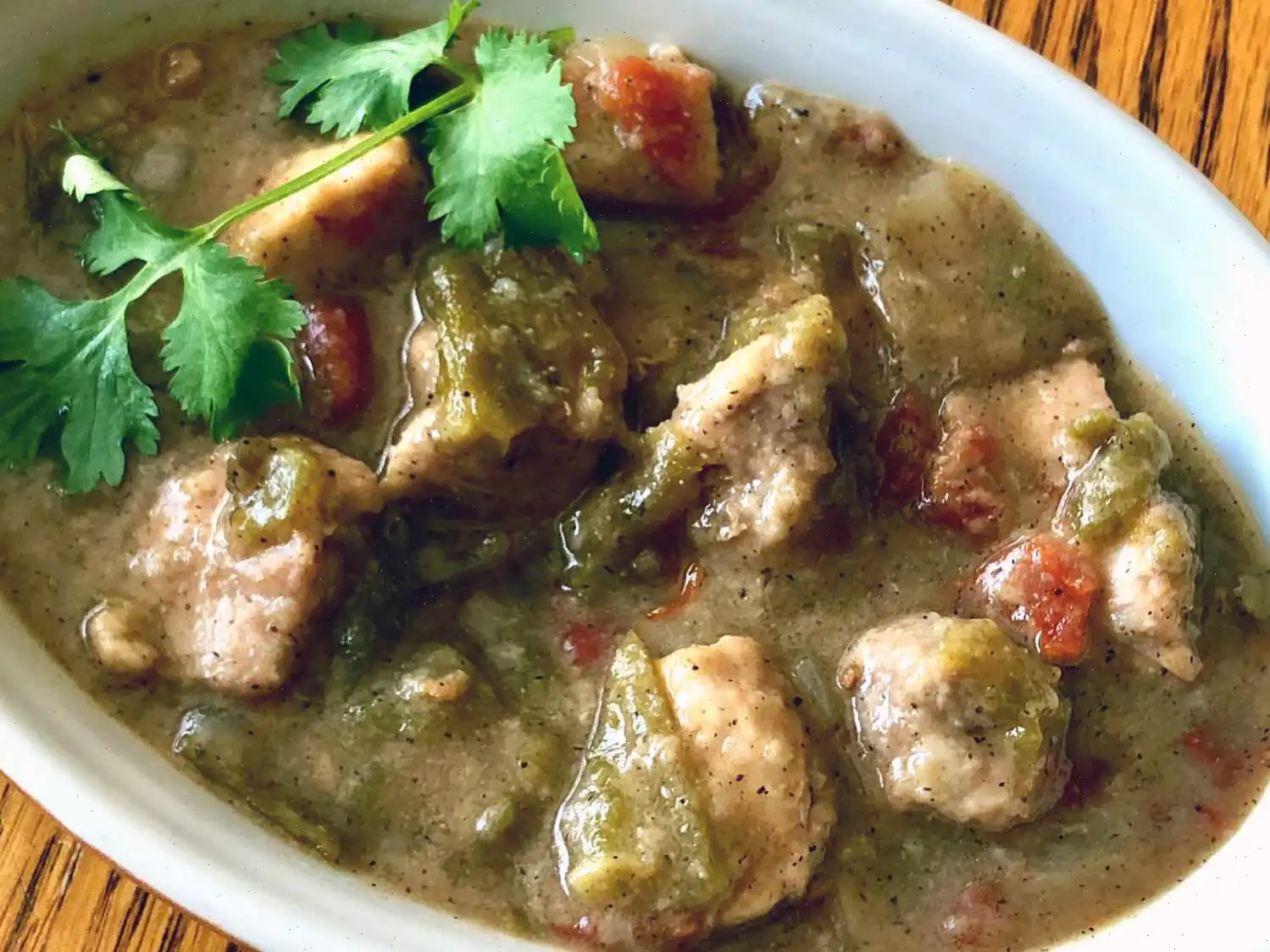
Yakisoba Chicken Recipe
Stir-fried Chicken with Soba Noodles
Ingredients (Serves 6)
- teaspoon sesame oil
- 1 tablespoon canola oil
- 2 tablespoons chile paste
- 2 cloves garlic, chopped
- 4 skinless, boneless chicken breast halves, cut into 1-inch cubes
- cup soy sauce
- 1 onion, sliced lengthwise into eighths
- medium head cabbage, coarsely chopped
- 2 carrots, coarsely chopped
- 8 ounces soba noodles, cooked and drained
Directions
Step 1: In a large skillet, heat the sesame oil, canola oil, and chile paste over medium heat. Stir-fry the mixture for about 30 seconds until fragrant.
Step 2: Add the chopped garlic to the pan and continue to stir-fry for another 30 seconds.
Step 3: Add the chicken cubes and cup of soy sauce to the skillet. Stir-fry until the chicken is no longer pink, approximately 5 minutes. Remove the chicken mixture from the skillet, set it aside, and keep it warm.
Step 4: In the same skillet, add the sliced onion, chopped cabbage, and carrots. Stir-fry for 2 to 3 minutes, or until the cabbage begins to wilt.
Step 5: Stir in the remaining soy sauce, cooked soba noodles, and the reserved chicken mixture. Toss everything together to blend and heat through.
Step 6: Serve immediately and enjoy your stir-fry!
Nutrition Facts (per serving)
| Nutrient | Amount |
|---|---|
| Calories | 295 |
| Total Fat | 5g |
| Saturated Fat | 1g |
| Cholesterol | 46mg |
| Sodium | 1621mg |
| Total Carbohydrate | 41g |
| Dietary Fiber | 3g |
| Total Sugars | 6g |
| Protein | 26g |
| Vitamin C | 32mg |
| Calcium | 69mg |
| Iron | 3mg |
| Potassium | 566mg |
History of Yakisoba
Yakisoba, which literally translates to "fried noodles" in Japanese, has been a beloved dish in Japan since the early 20th century. The dish was introduced in Japan around the time of World War II when wheat flour noodles became more widely available. Although the dish is inspired by Chinese stir-fry noodles, it quickly evolved into a distinctly Japanese recipe. Over time, yakisoba became a staple of Japanese street food, often served at festivals and food stalls. Today, it is enjoyed as both a quick family meal and as a popular dish in restaurants worldwide.
Regional Variations
While the basic recipe for yakisoba remains largely the same, there are regional variations across Japan. In Hiroshima, for example, yakisoba is sometimes served with okonomiyaki (Japanese savory pancakes), while in Osaka, yakisoba might be prepared with a distinctively thicker sauce. The use of buckwheat noodles, like in this Yakisoba Chicken recipe, is also common in northern Japan, while southern regions may use more traditional wheat-based yakisoba noodles. Each region adds its own local twist to the dish, making it a truly versatile meal across Japan.
How It Differs from Similar Dishes
Yakisoba is often confused with other stir-fry noodle dishes, especially the popular Chinese lo mein or Thai pad Thai. What sets yakisoba apart is its unique sauce, typically made with a blend of soy sauce, Worcestershire sauce, and sometimes a touch of honey or ketchup. This sauce gives yakisoba its sweet and savory flavor profile, which is distinct from the often spicier or more tangy flavors of other stir-fries. Additionally, yakisoba is traditionally made with thin buckwheat soba noodles, which provide a different texture compared to the more commonly used wheat noodles in other stir-fried dishes.
Where to Serve Yakisoba
Yakisoba is typically served in casual settings, making it an ideal dish for home cooking, street food vendors, or casual restaurants. It is often found at Japanese festivals, where it is sold from outdoor stalls as a quick and satisfying snack. The dish is also commonly served at izakayas (Japanese pubs) alongside drinks or as a main course in homes. Whether enjoyed at a lively festival or in the comfort of your kitchen, yakisoba brings a taste of Japanese street food culture to the table.
Fun Facts About Yakisoba
- Yakisoba is often made with leftover vegetables, making it a great way to use up whats in your fridge!
- Despite its name, yakisoba is not a type of traditional soba (buckwheat noodles) but is named after the Japanese word for stir-fried noodles.
- The dish has inspired many variations worldwide, including yakisoba pizza, where the noodles are used as a pizza topping!
- In some regions of Japan, yakisoba is topped with a fried egg or a sprinkle of pickled ginger for extra flavor.
Conclusion
Yakisoba Chicken is a delicious and versatile dish that brings together the savory, slightly sweet flavors of stir-fried chicken, vegetables, and soba noodles. Whether you're cooking it for a family dinner or enjoying it at a festival, this dish captures the essence of Japanese comfort food in every bite. Try it today and enjoy a taste of Japan right at home!
FAQ about Yakisoba Chicken Recipe
Comments
Timothy Williams
12/03/2023 03:15:56 PM
Absolutely delicious! I'm not a fan of buckwheat noodles, so I opted for Chinese Miki noodles instead. I tossed in some pea pods at the end for a nice, fresh touch. There was a minor discrepancy in the recipe as the ingredients list didn't mention carrots, but they were included in the cooking instructions. No biggie – I julienned about 3/4 cup. The dish turned out slightly spicy, which my daughter noted. If you're not a fan of heat, consider reducing the chili paste to 1 tablespoon. I used 16oz of noodles and swapped chicken thighs for breasts (since that's what I had on hand) – turned out fantastic!
Jack Jones
06/14/2023 03:29:25 PM
I tried making Yakisoba Chicken for the first time and it was a success! Following the recipe precisely yielded a delicious end result. The instructions were clear and the estimated prep, cooking, and serving times were accurate. For my next attempt, I plan to make a few adjustments: 1. I will slice the chicken into smaller, thinner strips to ensure even distribution and easier eating. 2. I will also cut the cabbage into smaller, thinner strips for the same reason as the chicken. 3. Instead of coarse chopping, I will grate the carrot for a more integrated texture in the dish. 4. The recipe made around 8-10 portions, which was perfect for a group but left a lot of leftovers for just two people. Next time, I will modify the recipe to have enough for a couple of servings of leftovers without overwhelming us with too much.
Kelly Hernandez
01/18/2025 09:35:09 AM
Extremely salty. I noticed it while it was cooking, so I decided to balance it out with a bit of honey. Thankfully, this adjustment made it palatable.
Heather Gomez
09/23/2022 09:21:41 PM
Accurately described. The entire family enjoyed it! Delicious and a well-balanced blend of vegetables. I will certainly be preparing this dish again!








